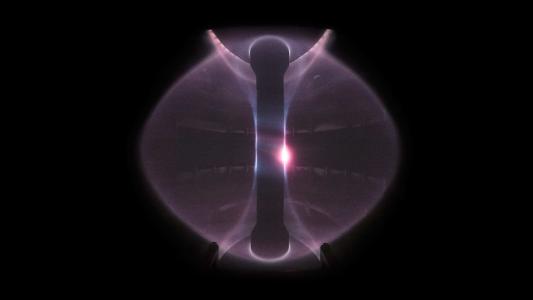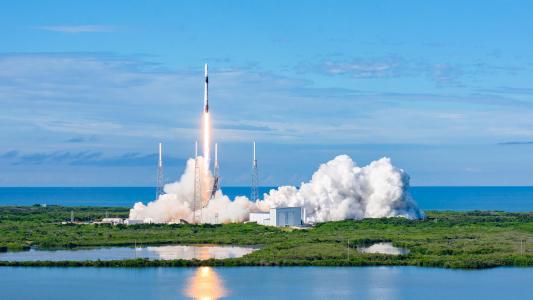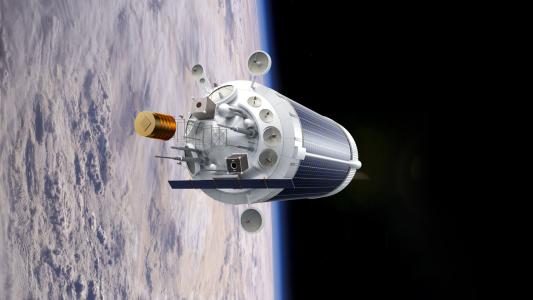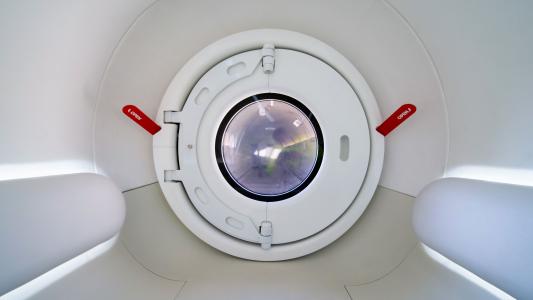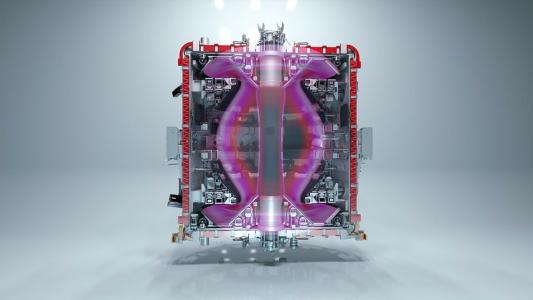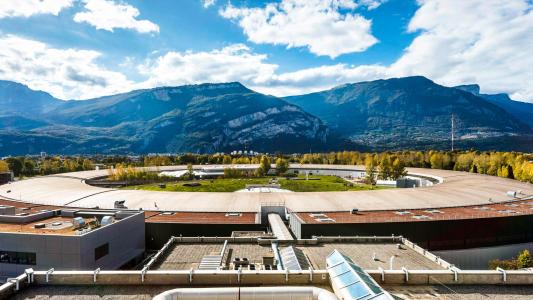Engineering
New nuclear fusion test overcomes “exhaust problem”
The UK’s MAST Upgrade nuclear fusion experiment appears to have solved the “exhaust problem,” a major hurdle to harnessing fusion power on Earth.
Reusable rockets: Making space more affordable
Reusable rockets, like those developed by SpaceX, are ushering in a new, cheaper era in space exploration
Scientists want to use a laser beam to control lightning
A new laser beam may allow scientists to control lightning, allowing them to divert a bolt to strike where it’s less likely to cause a wildfire.
The plan to convert space debris into labs for astronauts
Space services company Nanoracks plans to convert space debris into orbiting “Outposts” that could serve as hotels, research parks, and more.
Experimental hyperloop pod transports passengers for first time
Virgin Hyperloop has transported two passengers in a hyperloop pod, a milestone in the development of the high-speed transportation system.
Mapping the ocean floor with an underwater "GPS"
MIT researchers have developed an underwater, sound-based navigation system that could make it possible to map the entire ocean floor.
Nuclear fusion machine turns on for the first time
A new spherical tokamak in the U.K. could overcome one of the biggest hurdles to nuclear fusion power: the “exhaust problem”
The "Iron Man" of beetles could inspire super-durable cars and planes
The diabolical ironclad beetle could be the next big thing in biomimicry, inspiring the design of extra-durable planes, cars, and more.
Nokia is building a 4G network on the moon
As part of NASA's "Tipping Point" program, Nokia will establish a 4G network on the moon to help astronauts communicate with each other and Earth.
Super bright X-ray lets doctors see the atoms inside viruses
The x-ray beams produced by the Extremely Brilliant Source, a new synchrotron, are so bright, they can be used to create images with atomic-level detail.
